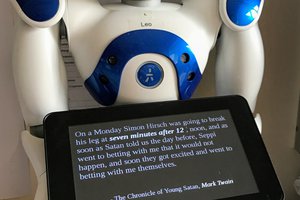- Pi Number
The Pi number is a mathematical constant and it is defined as the ration of a circle's circumference to its diameter (Pi = C/d).
Pi is a irrational number and cannot be expressed as a common fraction.
Using high-precision multiplication algorithms is possible to calculate billions of digits. These methods are used to test super-computers.
Fortunately for this clock, the first 192 digits are enough.
Pi (192 digits):
3.14159265358979323846264338327950288419716939937510582097494459230781640628620899862803482534211706798214808651328230664709384460955058223172535940812848111745028410270193852110555964462294895
My algorithm split the hour, minute and seconds on its tens and units.
The position of tens and units are searched in the sequence of Pi digits to be converted into rows and columns of LED matrix.
- Time Reading
To read the time, you should observe the following conventional sequence: starting from the top down and from the left to right.
- 1st display: Hour
- 2nd display: Minute
- 3rd display: Second
- 4th display: first 64 digits of Pi number incremented by second



 4KbShort
4KbShort
 AlfredC
AlfredC
 Phil
Phil
Also surprisingly easy to read. I think making the least-significant digit of each number come from digits to the right of the most-significant digit is the key - you know where to look intuitively.